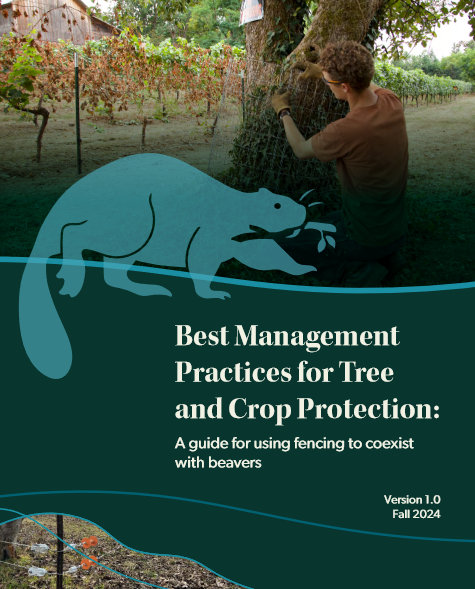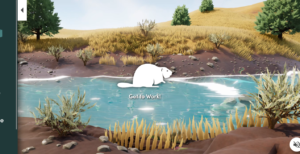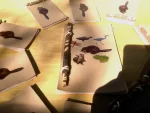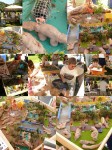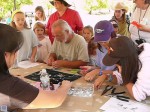It was lovely to come across this article about the talents of someone we know. Suzi deserves every bit of attention she gets, and we’re very lucky that she lives in the area.
Award-winning Petaluma-based photographer Suzi Eszterhas lives on the wild side
Petaluma-based wildlife photographer Suzi Eszterhas is living her dream.
The 39-year-old animal enthusiast graduated from a childhood spent observing squirrels and birds in her backyard to photographing jaguars in Brazil and traveling around the globe documenting the lives of animals while sharing a message of conservation with future generations.
“Basically, I worked my whole life trying to make a career in wildlife photography,” the Marin County native said. “I knew as a child what I wanted to do. I’ve never really known a life with any different goals.”
Eszterhas has been published in more than 100 magazine covers and feature stories, including Time and Smithsonian magazines and BBC Wildlife and she’s earned recognitions in prestigious contests including Wildlife Photographer of the Year and Environmental Photographer of the Year competitions as well as the National Wildlife Photo Contest, but it’s not the fame that’s important to her, she said.
What a great article! I’m so happy that we got to cross paths! Suzi is smart enough to have worked her whole life to make a living doing what she loves, and she deserves this kind of article from her home town.
Though she’s done work internationally, Eszterhas, who moved to Petaluma about a year and a half ago, has also been active locally, documenting the Ninth Street Rookery in Santa Rosa, a median on a city street where birds nest, and the Tulocay Beaver Pond in Napa, where beavers established a home in a creek near a large hotel, she said.
But not a mention of US??? The original urban beavers? Your friends who told you about the beaver pond in Napa and took you there in the first place? No mention of sitting all those nights on the bank eating pad thai out of a box and enjoying the best beaver sightings you will EVER see?
 Napa didn’t give you a shirt, Suzi, sheesh!
Napa didn’t give you a shirt, Suzi, sheesh!
Well as it happens I was sent some other lovely Napa photos this morning, and the timing couldn’t be better to share them. These are burrowing owls at the nearby golf course, and Rusty says it’s what photographers do in the winter when beavers are hard to see. I just think it’s pretty fortuitous that we’re seeing these on SUPERB OWL SUNDAY! For reasons best understood only by me, I especially love the grumpy one.


Nice work Rusty. I was staggered the first time I saw owls living in the ground like feathered hobbits. Rusty was even lucky enough to catch a photo of the architect and tenant side by side. So I couldn’t resist playing a little.
















